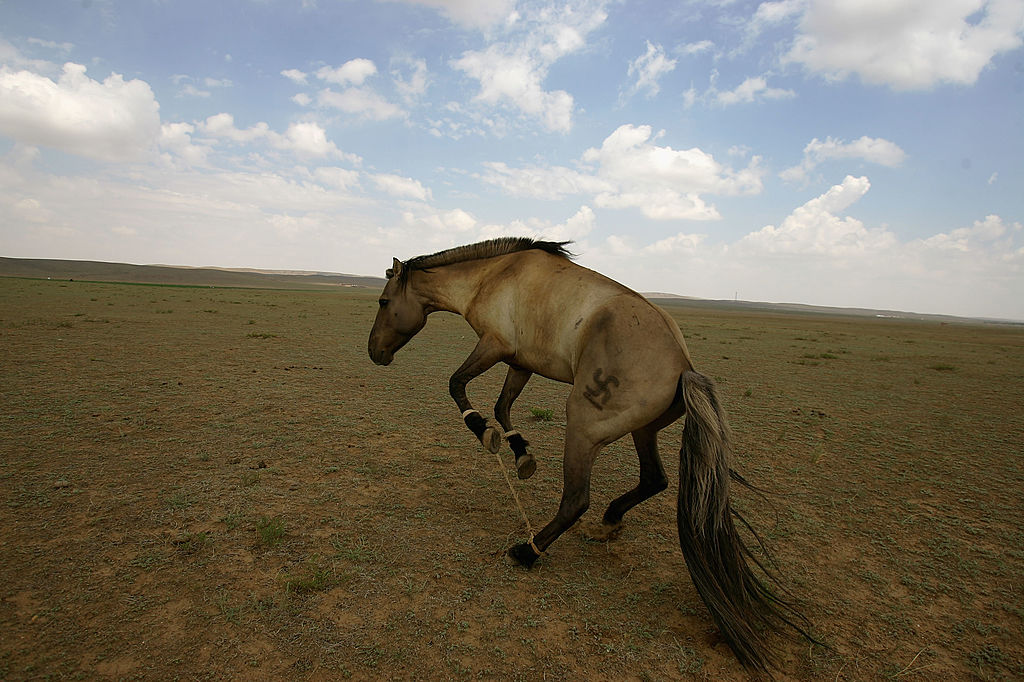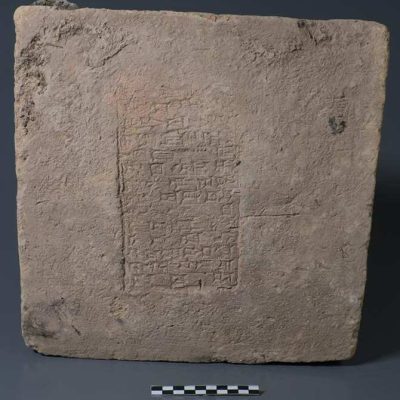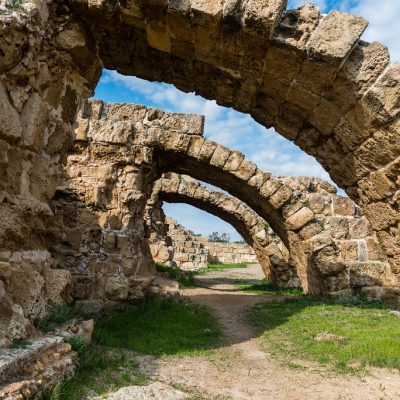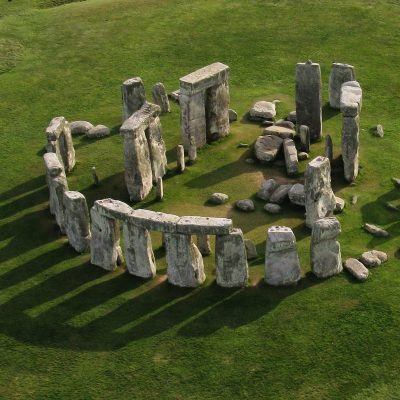A mysterious hexagonal stone pyramid from the Bronze Age has been discovered in Kazakhstan. The structure is extremely precise and unique in the Eurasian steppes. The area between China and the Caucasus was once home to many cultures, including the Jamnaja and the Scythians. Nomadic horse riders who domesticated the first horses and reached Europe in the Bronze Age also lived in the region. However, today, only simple burial mounds remain of these once-powerful nomadic steppe cultures. Researchers from the L. N. Gumilev Eurasian National University (ENU) have discovered ruins and burial mounds at a former monument of the Bronze Age Kyrykungir. Recent excavations at the Kyrykungir complex have revealed the remains of a hexagonal stone pyramid that is 4,000 years old. The pyramid’s six edges measure 13 meters and consist of eight rows of stones. An upright, flattened black stone marks the end of each edge, while the other stones are a lighter color and made of a different material. The pyramid’s base is hexagonal, unlike Egyptian or Mesoamerican pyramids, making it unique in the Eurasian steppes. The heart of the Bronze Age area is also marked by several round walls decorated with images of various animals, including camels and horses. Numerous horse bones were found around the pyramid, indicating that the horse cult was particularly strong at that time. However, it is still unclear why the Bronze Age steppe dwellers chose to build a hexagonal pyramid.
The discovery of the hexagonal stone pyramid in Kazakhstan is a significant archaeological find. The pyramid’s precise construction and unique shape make it a one-of-a-kind structure in the Eurasian steppes. The discovery of the pyramid and the surrounding area’s ruins and burial mounds suggest that the Kyrykungir complex was once a cultural center during the Bronze Age. The presence of horse bones and images of horses on the walls also indicate that the horse cult was strong in the region at that time. However, the reason for the pyramid’s hexagonal shape remains a mystery. The discovery of the pyramid and the surrounding area’s ruins and burial mounds provides valuable insights into the Bronze Age steppe cultures that once thrived in the region. Further research and excavation may reveal more about the people who built the pyramid and their way of life.










